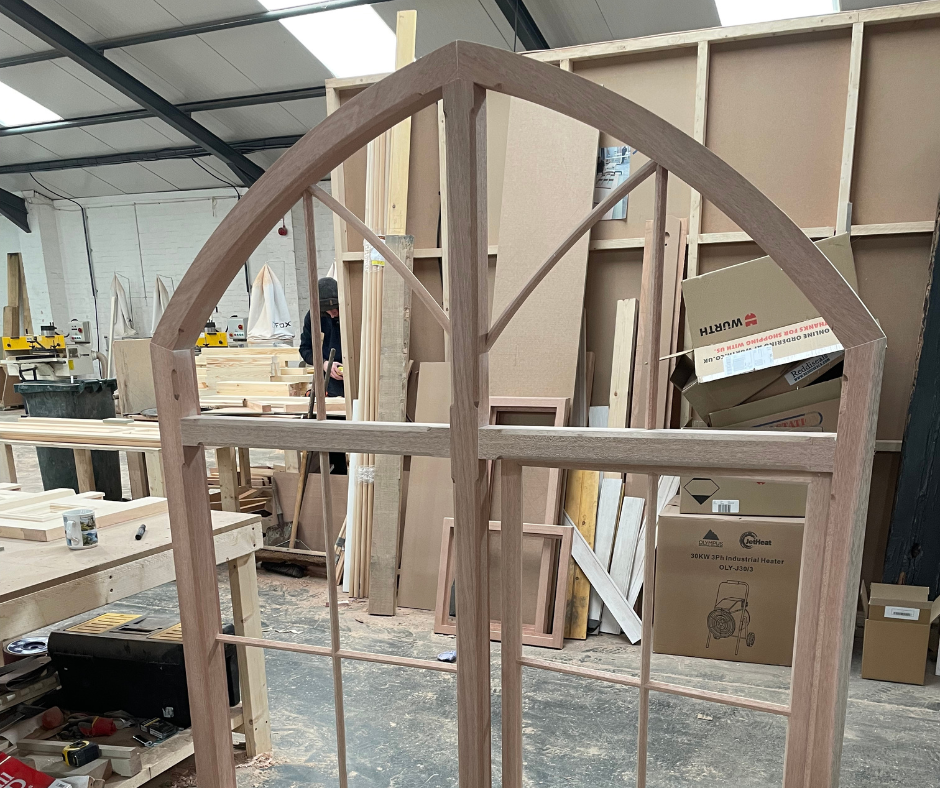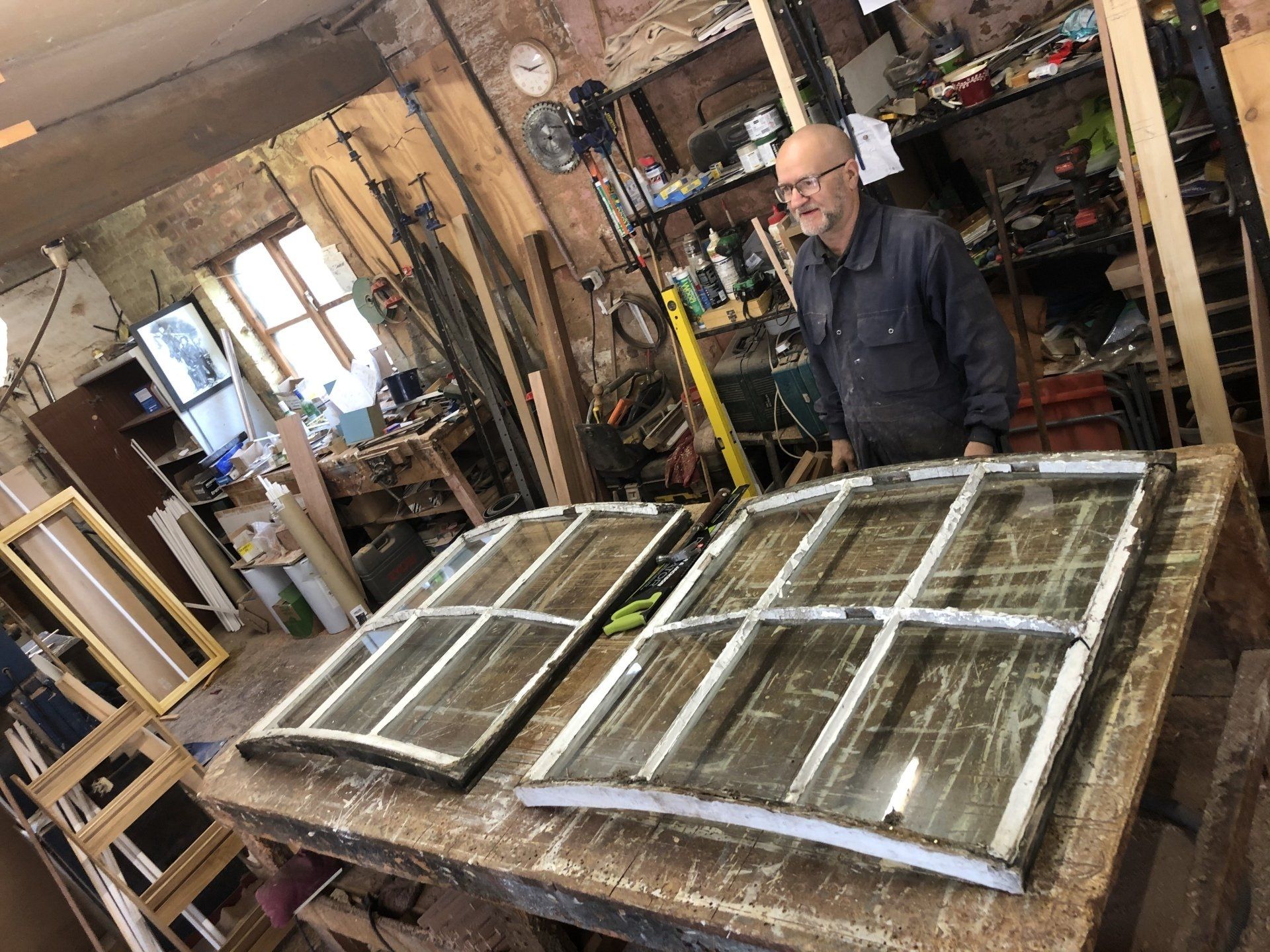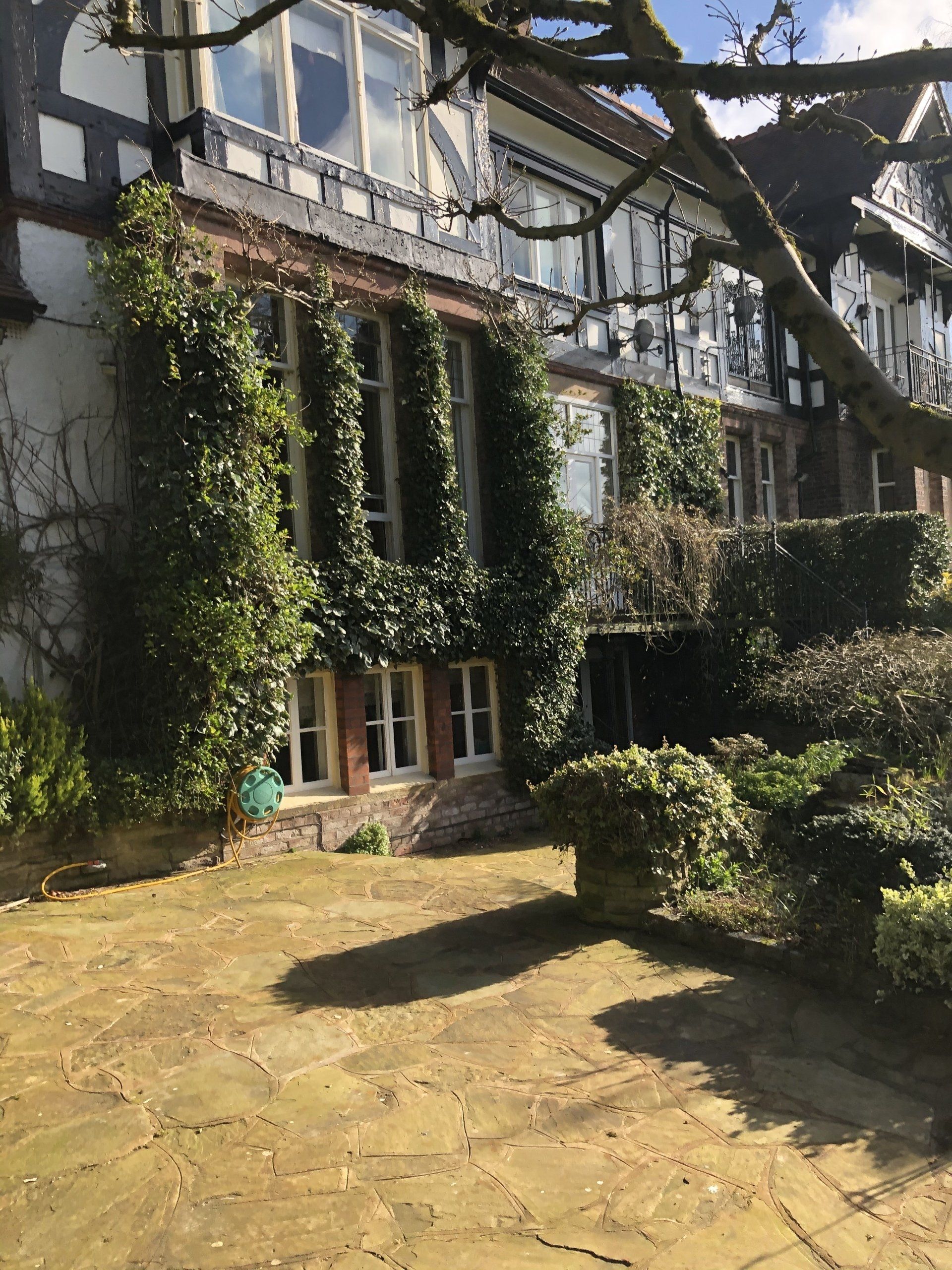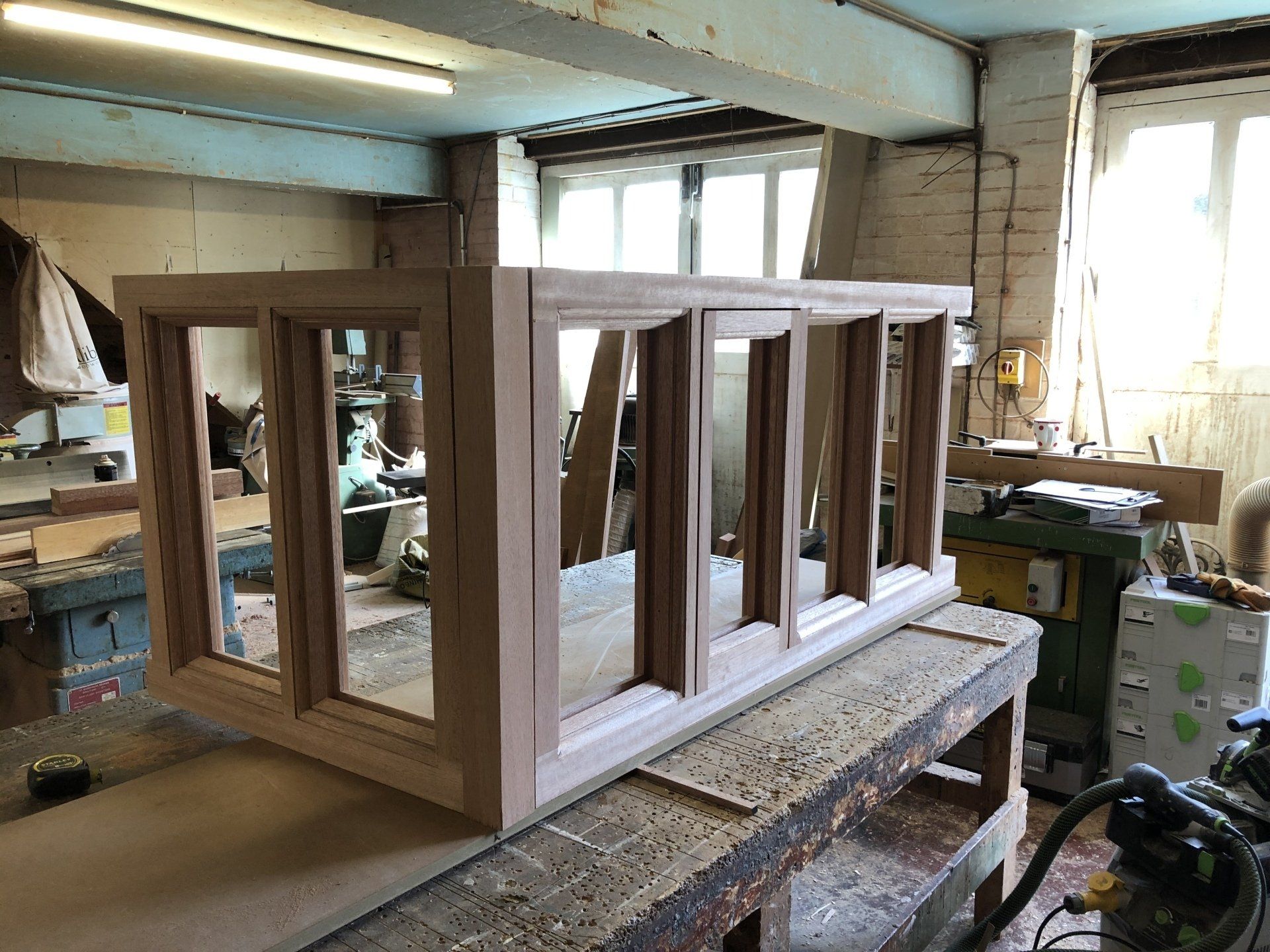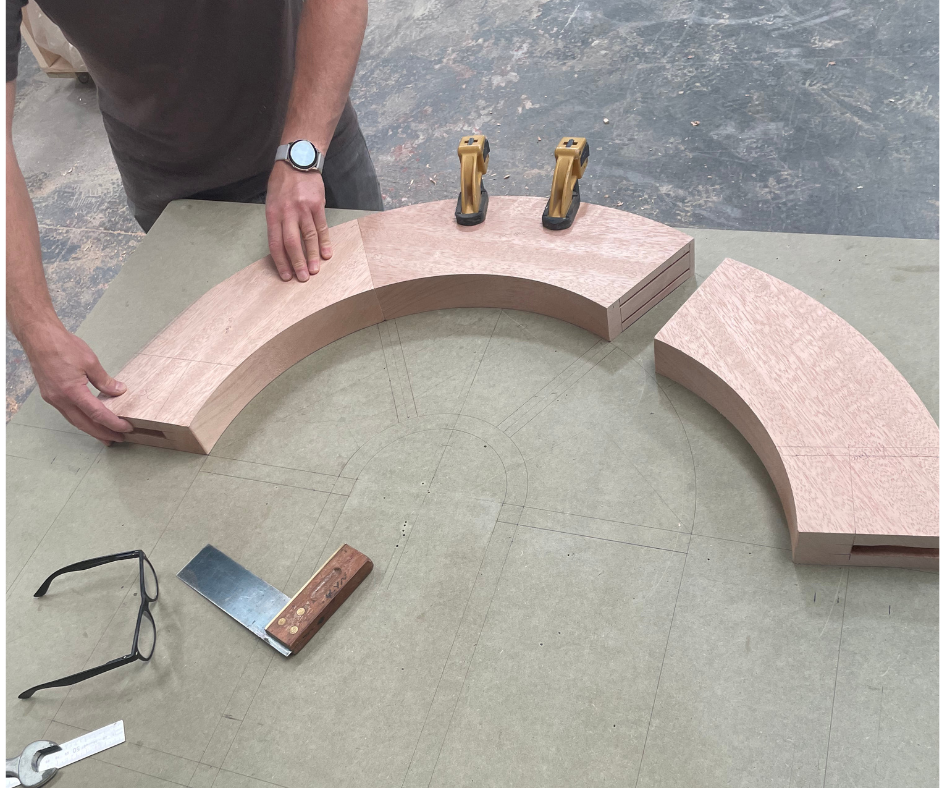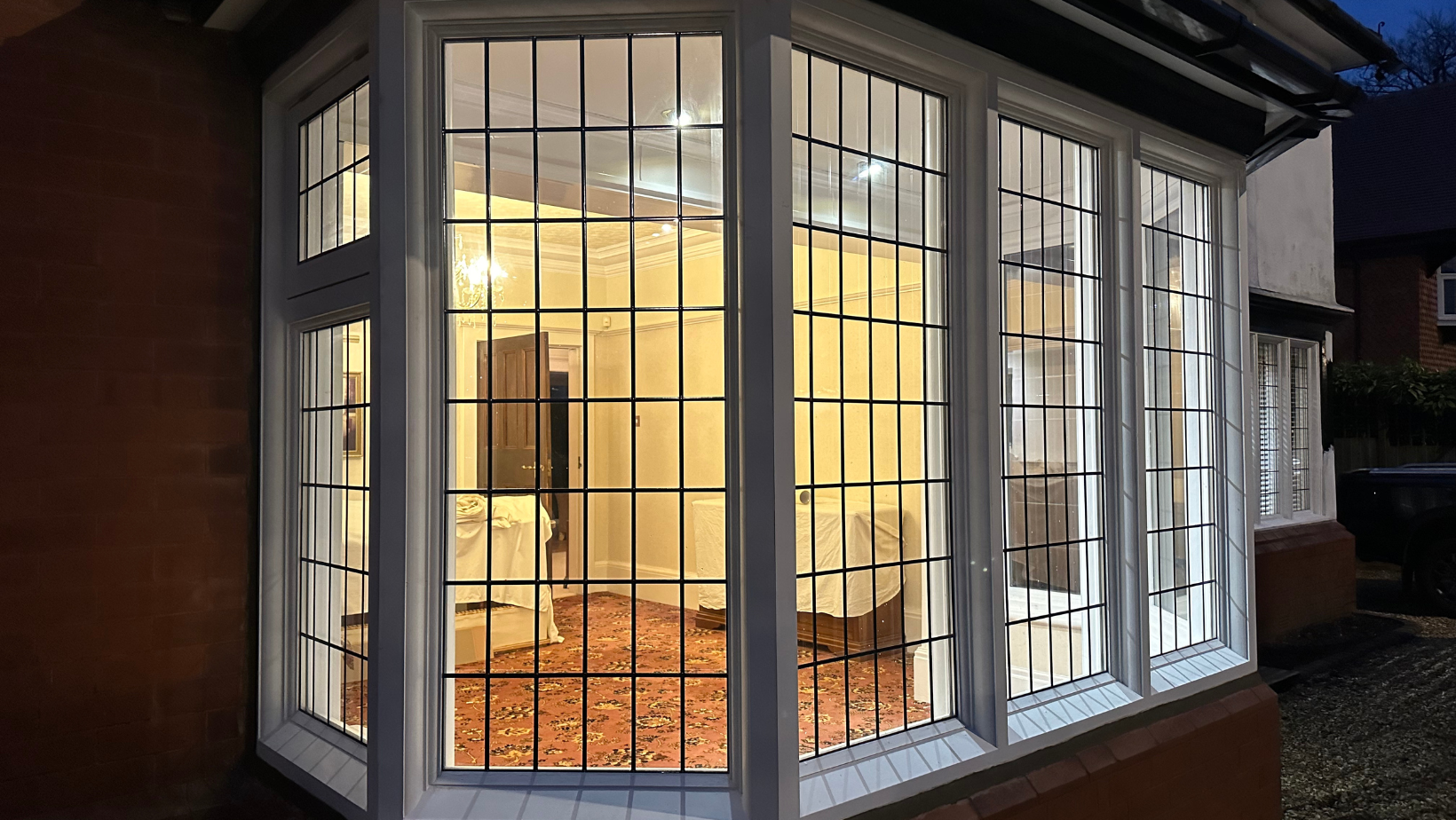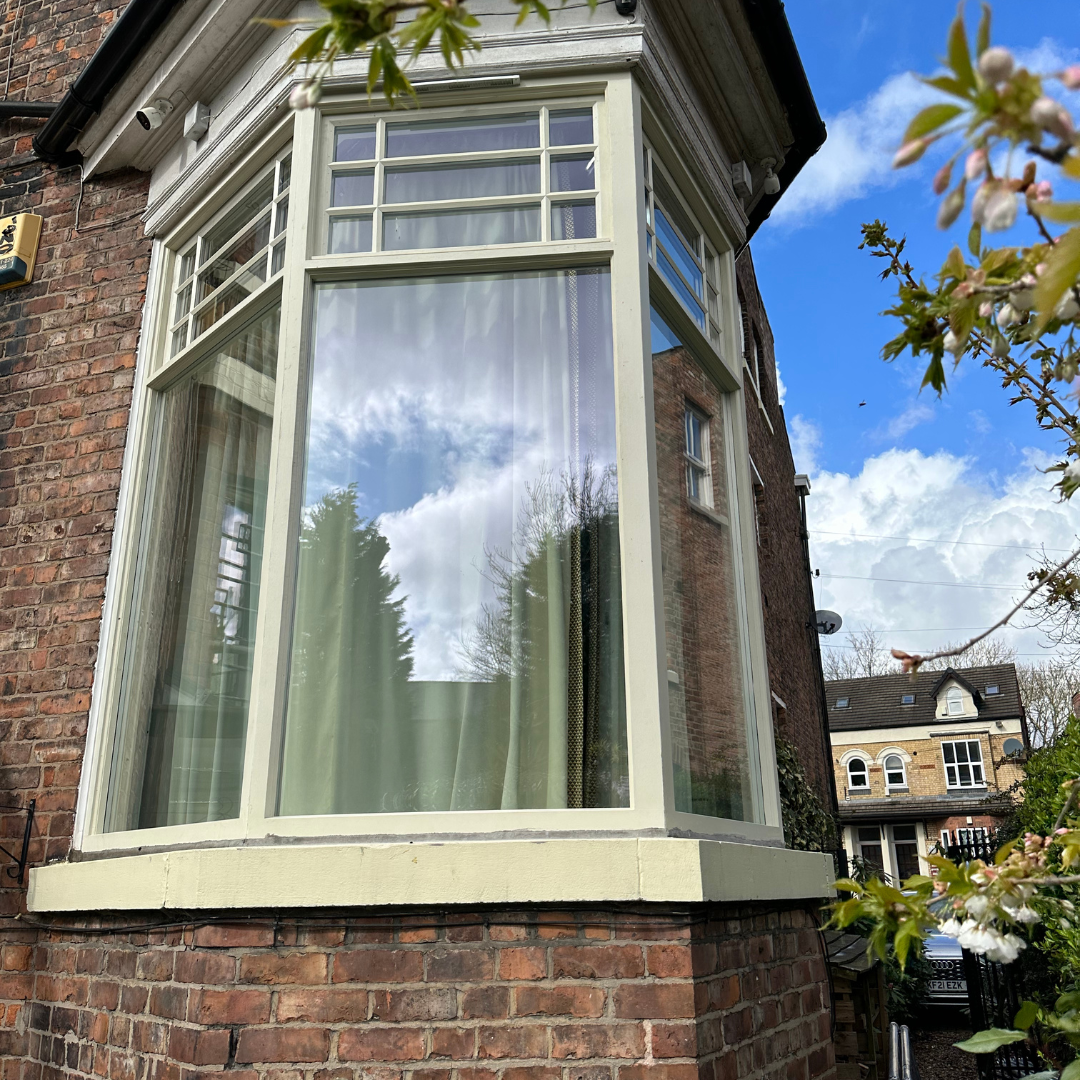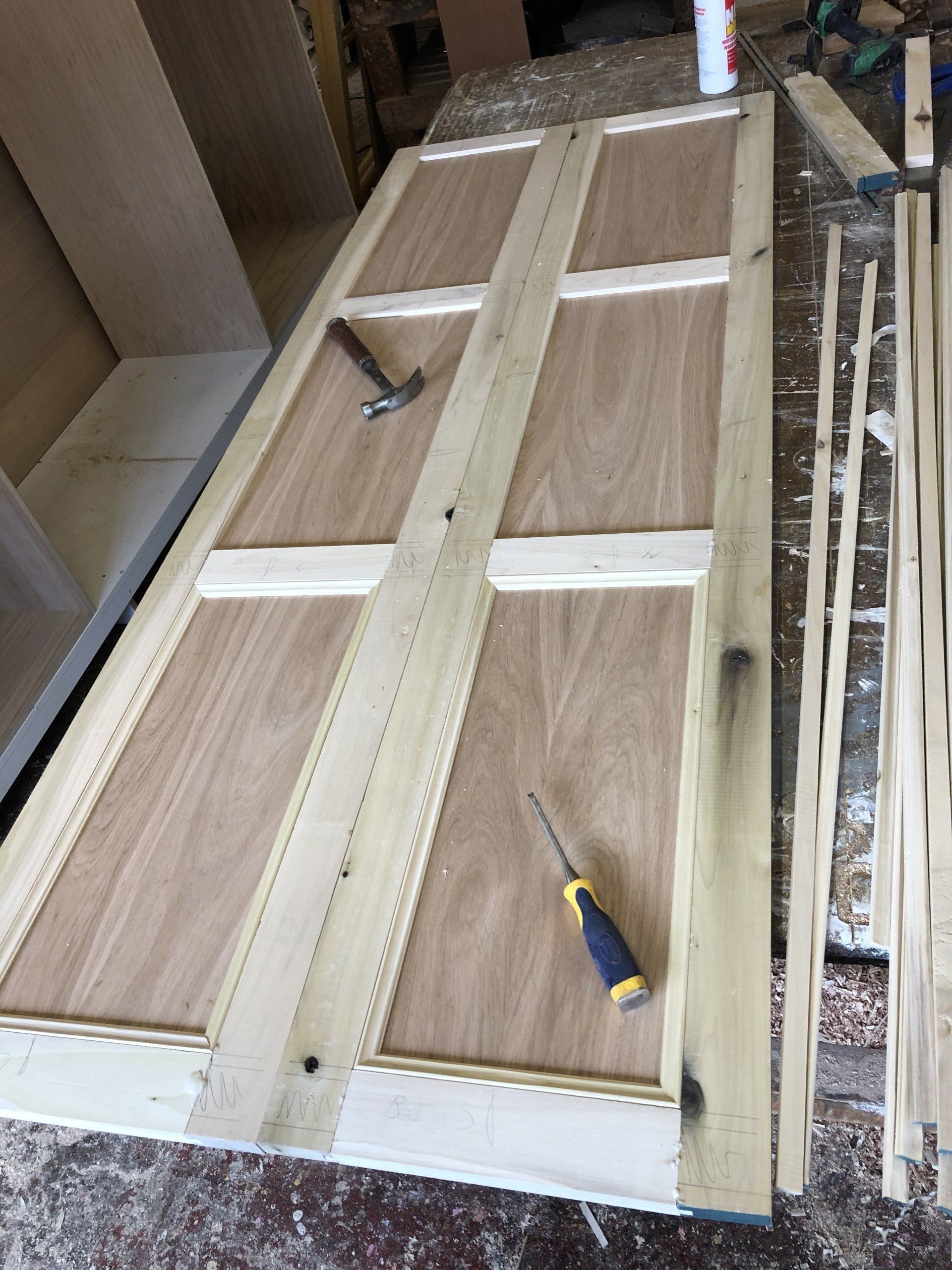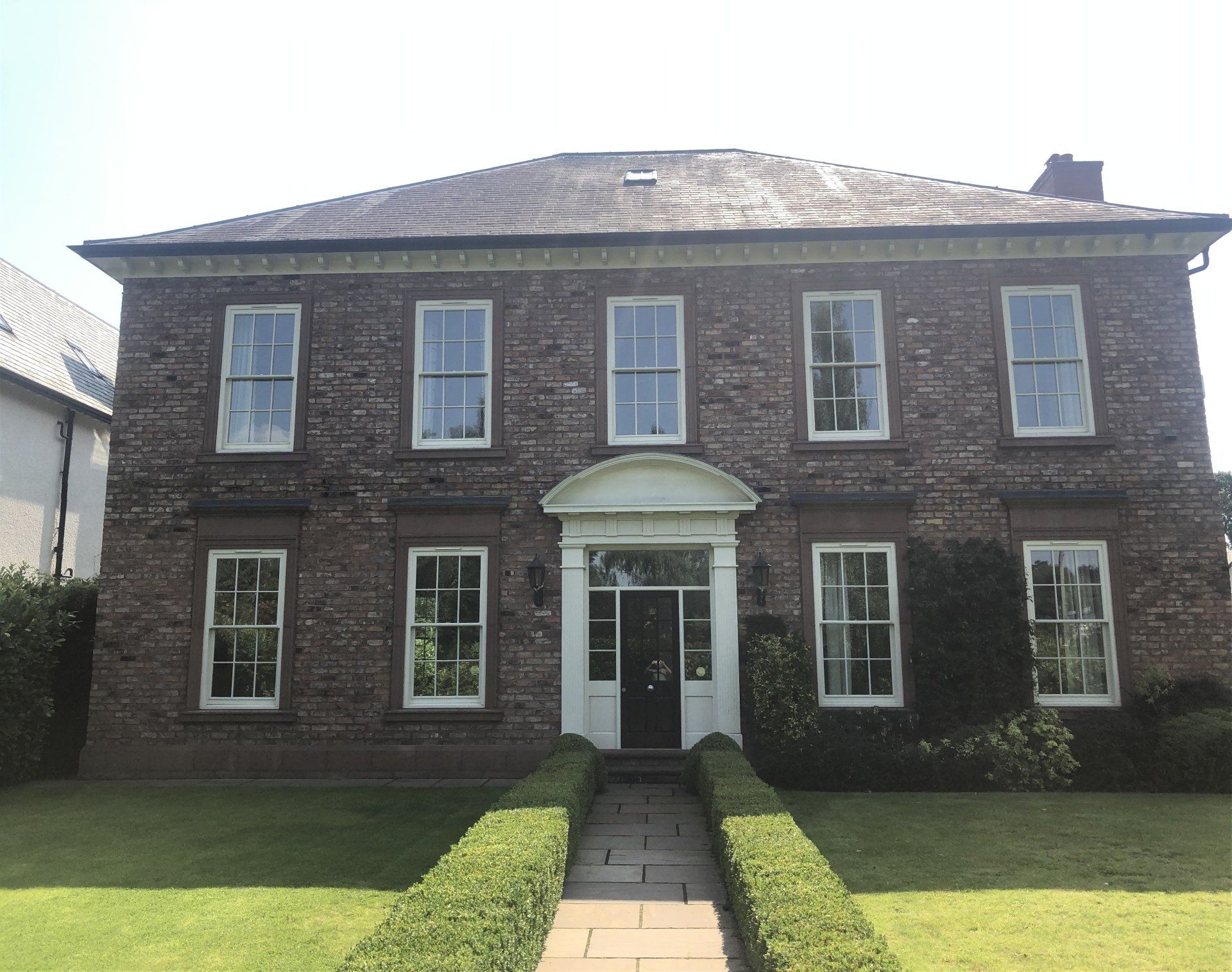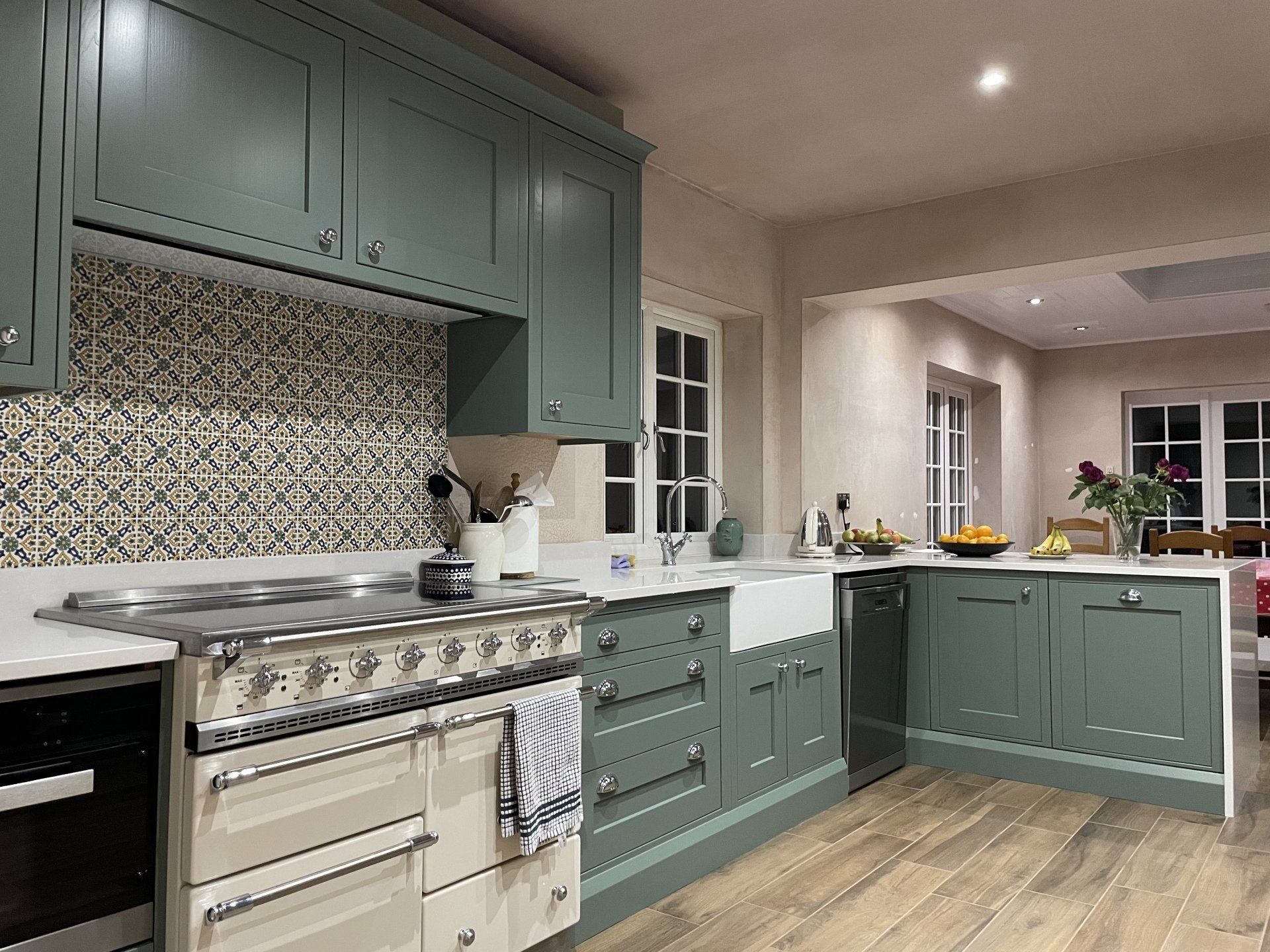Wood Vs uPVC Windows
Why do wooden windows have the edge?
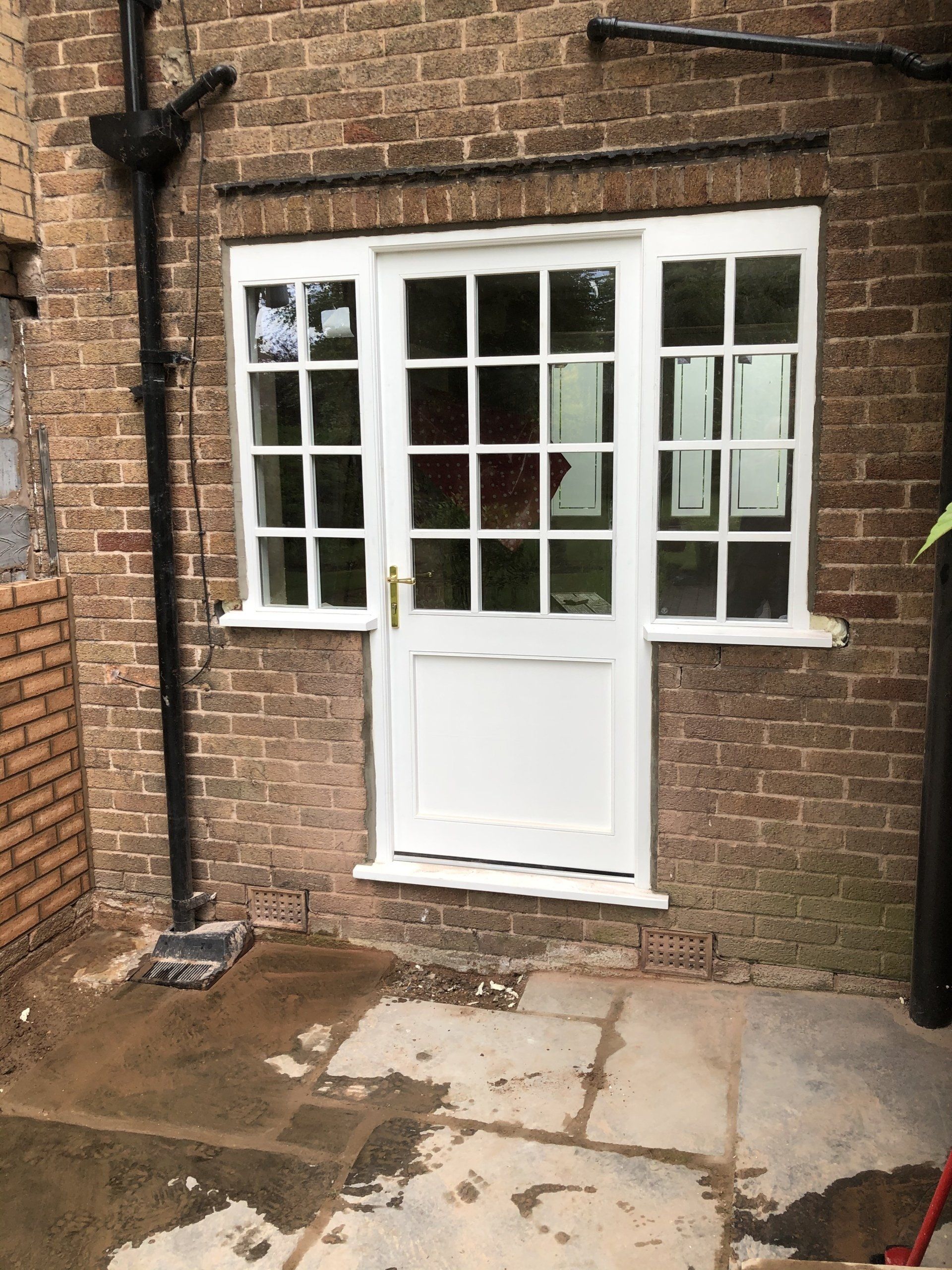
‘When you are a carpenter making a beautiful chest of drawers, you are not going to use a piece of plywood on the back, even though it faces the wall, and nobody will ever see it. You will know it is there, so you are going to use a beautiful piece of wood on the back.’ - Steve Jobs.
So next on your list of home renovation tasks is picking out some new windows. Through your extensive research (or quick Googling!), you’ve identified that both vinyl and wood seem to be the two most popular choices. But which is better?
Our answer: Wood…Every. Single. Time!
At Heritage, we understand that your windows play a significant role in keeping your house warm, enhancing its appearance, and help to reduce outside noise from entering your home. But, with the amount of material choices when shopping for a new window, it is easy to become overwhelmed.
Through this article, we aim to help reduce the stress and endless options by clearly giving you the pros and cons of the two most popular window choices: Wood and uPVC.
When you’re looking to purchase new windows for your home, vinyl windows and wood windows both vie for your attention!
Both wood and vinyl have strong points and their own unique selling points. Wood windows possess a classic charm that vinyl can only hope to impart. Yet, for the majority of homeowners, vinyl's low cost is itself a charm that beats wood's aesthetic allure. Although each window preference is as individual as you and your home, we cannot help but feel wood outweighs vinyl across the board.
Types of Wood for your Windows:
Imagine you have now decided on the material for your windows – wood! Now comes your next big decision, which type of wood to choose?
This is where our decades of experience, knowledge and understanding comes in to help you when you need it most.
Timber, unlike aluminium or PVCu, is a much more adaptable material meaning windows made from it are available in diverse types. These choices are Oak, Mahogany, Sapele, Red Meranti, Red Grandis Accoya wood, European wood, and Douglas Fir.
Our timber is sourced from some of the leading timber suppliers in the industry and then handpicked by our joiners to ensure that the quality is as high as possible. We will work with you every step of the way to ensure that the windows we supply and install surpass your expectations
What is Timber?
Timber is broken down and classified into two categories – hardwood and softwood. This categorisation is a notable example of how confusing the choice of woods really is. Despite the self-explanatory and distinct naming system, it probably comes as a surprise to find that some hardwoods are softer than softwoods. Minefield, isn’t it?
Hardwoods, rather than being ‘harder’ typically offer a superior level of strength and durability. They are very often considered the ultimate versatile material.
Softwoods still offer versatility and high strength, but typically not as mush as their hardwood cousins.
Hardwoods
Hardwoods come from broad-leafed, deciduous trees such as oak, beech and mahogany. The thing that defines a hardwood from a softwood is the presence of special pores in the cellular structure of the wood itself.
Their complex cellular structure gives them a great dimensional stability and durability. Hardwoods are used in everything from musical instruments, boats, tools and of course, windows.
Softwoods
Softwood makes up about 80% of the world’s source of timber. Versatile, high performing and durable, treated softwoods are suited to the demands of a range of projects and applications. They are also incredibly fast-growing and one of the most sustainable types of timber available. This makes them perfect for use in timber windows.
Cedar, Fir, and Pine are some of the most popular softwoods used in construction, being cheaper and more readily available.
Why Timber?
Our range of Timber windows appeal to both the aesthetic and functional requirements of architects, planning authorities, Conservation officers and homeowners.
We use the best of traditional features with a choice of period profiles, advanced timber section design and timber material. Our article on Sash windows provides an excellent read into more specific bespoke windows we create for you and your home.
The Timber window Conservation range is manufactured with double glazing. Our new timber window products are hand crafted to match your properties style, and go through numerous processes to achieve their traditional look.
As a result, our timber windows offer the impressive performance of a high-end modern double-glazed window, but with the unique traditional aesthetic look that Heritage Joinery Solutions has become well known for.
Which Should You Buy? Our Final Word:
We stand firm on our belief that when considering materials for your window renovation, wood really does come up trump! Its countless advantages really do overpower and outperform its competitors at every angle.
However, if saving on the initial cost and budget is the most significant factor in your decision, Vinyl windows are all about saving money and keeping maintenance duties at an absolute minimum.
For a longer-term investment, we could not recommend Timber enough though.
Wood windows are all about style and providing long-term value and beauty to your home. If you have a historic home or a home that needs to maintain value for a long time, wood windows may be your best choice.
